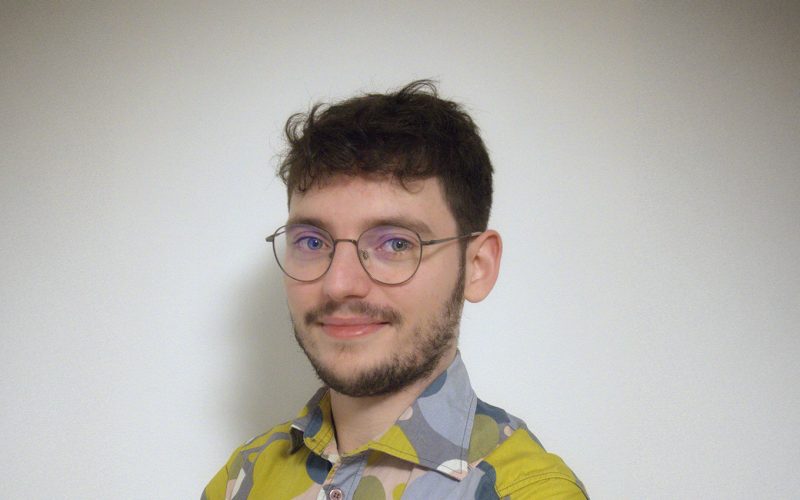Intestinal damage can be caused by inflammation or chemotherapy. This can lead to the onset of different diseases that are life-threatening in the worst cases. Alessandro Cutilli studied the role of T cells in this intestinal damage and defended his thesis on October 17.
T cells are white blood cells that protect the body against pathogens and cancer cells. Alessandro elaborates: ‘When T cells do their job well, they are essential for maintaining good health. But when they are not properly regulated and become overactive, they lead to disease.’
One disease that is characterised by overactive T cells in the gut is graft-versus-host disease, or GVHD. ‘This disease is a possible complication of stem cell transplants in both children and adults,’ Alessandro explains. ‘Stem cell transplants can be used as a treatment for leukaemia and several other conditions. During the transplant, patients receive both stem cells and T cells. These T cells protect the patients until they can use the stem cells to produce new immune cells of their own. While in most cases the procedure is life-saving, in up to 40% of patients, the T cells become overactive and we see an unprompted immune reaction.’
Immune activation and inflammation are also typical of other intestinal pathologies, like inflammatory bowel disease (IBD).
During his PhD, Alessandro studied what triggers the T cells to become overactive in some patients. He used a model built up out of intestinal organoids and T cells isolated from donors: ‘This model helps us to understand the immunology of the gut, showing us which molecules released by the (damaged) intestinal epithelium trigger T cell responses.’
The extreme immune reaction appears to be caused by a combination of inflammation and chemotherapy, Alessandro explains: ‘Using our system, we found that damage leads to the release of molecules from the intestinal epithelium. We identified two molecules to be responsible for T cell recruitment: the chemokine CXCL11, released during inflammation, and galectin-9, a molecule that is paired with chemotherapy damage. Galectin-9 can also boost T cell activation, causing additional damage in the gut and possibly fuelling the immune response even further.’
Alessandro used the model not only to study what causes these diseases, but also to find ways to break the cycle and prevent damage: ‘We can target the molecules that trigger T cell recruitment or activation to reduce damage to the gut. The benefit of using this model is that we can do our experiments in the lab rather than in patients.’
Eventually, the model may help to find effective treatments: ‘Different drugs that could potentially help are currently under investigation, some of which are being used in trials. As they are already in the process of being approved for other diseases, we are going to get information on their safety, making a possible translation to GVHD and IBD treatment easier. In the future, therapies like these can help us lower the number of patients with complications.’
